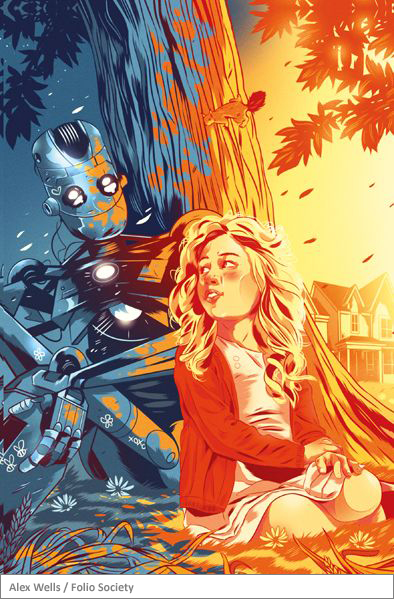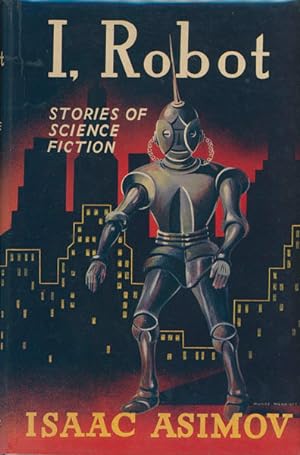Summary
The story starts with an unnamed gentleman being escorted onto a train by the conductor, Colonel Pierce. The man does not remember why or how he got there and has a hard time believing what the conductor is telling him. Colonel Pierce explains to the man that he is on a train leaving a station in Boston, traveling underwater to Liverpool, England. The man recalls reading an article about the construction of this train and thought it was unbelievable. The conductor explains to the man how the train was built and how it works. The train travels at 1,800 kilometers per hour and takes about two hours and forty minutes to make the trip. The man asks questions, such as how can the train stop at such fast speeds without being destroyed. The conductor tells him about how the tunnels were constructed and the use of air in slowing down the train. After he is shown the passengers carriage the man asks when the train will start moving, and the conductor responds by saying the train hs already begun. The man felt no movement and could not believe this. After feeling wetness on his eyebrow the man assumes there is a crack in the tube and that the under water pressure was too much. A sense of fear overcame him and he woke up in his garden with a magazine by his side discussing the project of Colonel Pierce.
Analysis
The fact that the man was dreaming in the end was a bit of a surprise but not to be unexpected. There are a few clues that tip the reader off that something isn't right. The story starts off with the man not knowing where he is or why. That is the first clue that something is wrong. The conductor, Colonel Pierce, appears to know everything about the construction of the train tunnel system and remains optimistic and upbeat. This is because he is a character in a dream.
There is a bit of irony in the idea that this is a science fiction story that someone else is having inspired by what they read in a magazine. It is a bit meta and possibly Jules Verne saw himself as the lead character in the story.
Thoughts
While the plot summary for this story is rather short, it's the details that capture the readers imagination. What if a train could travel underwater across the Atlantic ocean in under three hours? While this idea is a large scale structure, there is already smaller scales in real life where trains run underwater. The most notable is the tunnel that runs under the English channel that stretches over 30 miles underwater. This is a real life application of what was considered science fiction around the turn of the 20th century. Probably the greatest thing about science fiction is taking what seems impossible (and only exists in our imaginations) and making it a reality.Since the story was written in the 1890's the technology for trains was still limited to steam engines crossing vast lands. There was nothing like a pneumatic system and certainly no trains the traveled underwater. Verne was simply looking to the future of what train travel could be in the future. The story is set on a train because that was the primary method of transportation for large groups of people during that time. The idea that the train can be propelled by air is not that far stretched and is even similar to the Hyperloop that Elon Musk proposed recently. Which would allow people to travel to travel from southern California to Northern California in a short time. A trip that is over 6 hours long by car.
What I like about this story is that it takes place in a future time where this kind of technology is a possibility. At the end we find out it is not the reality but it is something that could become real in the future in the story's world. I would love to see more from this futuristic world that Verne has created. Are there other major technological advances in this world? Or is this a steampunk setting where the world is still in the 1800's the only difference is this train? Seeing as this is Jules Verne I'm more inclined to think it's the later.
Be sure to comment below and give me your thoughts about the blog. Recommend some stories to review. You can also follow me on Instagram where I post some artwork related to the story reviews, like the one above, @fantastic_literature and on Twitter @BelleArboreus.
Next time we will be discussing the works of another science fiction great! H.G. Wells' short story, The Star.




